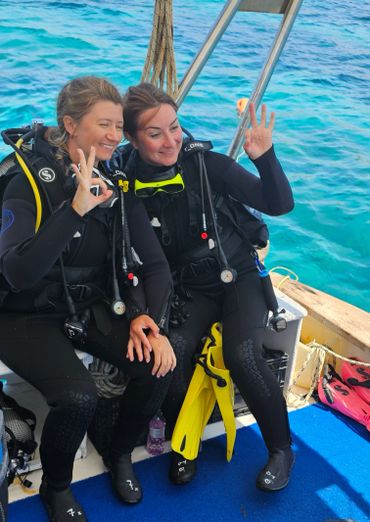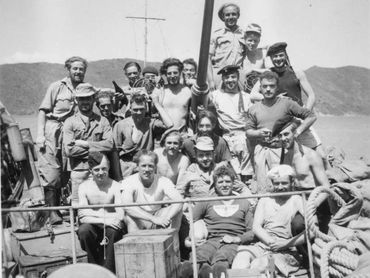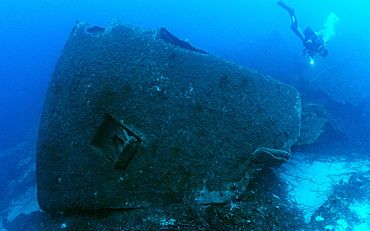The Battle of Leros (September–November 1943) was one of the most dramatic and heroic episodes of the Dodecanese Campaign in World War 2. As German forces launched a determined assault to seize the island from the combined British and Italian defenders, a handful of elite Allied units undertook daring operations in support of the defence—and eventual evacuation—of Leros.
Among these was Anders Lassen, a fearless Danish commando and one of the most decorated Allied special forces soldiers of the war. Serving with the Special Boat Section (SBS), Lassen led numerous covert sabotage missions across the Aegean, often operating deep behind enemy lines. His extraordinary courage, tactical brilliance, and unwavering leadership left an enduring legacy in special operations history.
Supporting Lassen’s efforts were elite units such as the Long Range Desert Group (LRDG) and the Greek Sacred Band, a force composed of volunteer Greek officers and trained to operate alongside British commandos. Both units played crucial roles in reconnaissance, sabotage, and direct combat. During the Battle of Leros, the Sacred Band and LRDG proved invaluable—not only in resisting the German invasion but also in assisting with the evacuation of Allied troops under fire, exemplifying their dedication to liberating occupied Greek territory.
Despite their valiant efforts, Leros fell to German forces on 16 November 1943, marking a significant Axis victory and a missed opportunity for the Allies in the Eastern Mediterranean. Over 8,000 Allied troops were captured, and hundreds of Italian soldiers who resisted were executed. Yet, the spirit of resistance lived on in the daring actions of these elite island raiders.
















